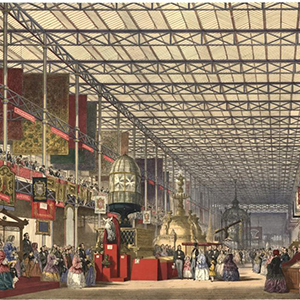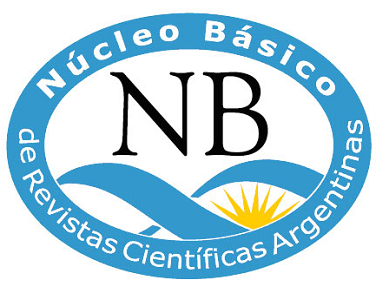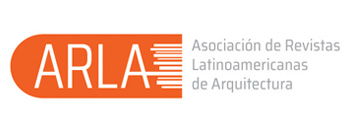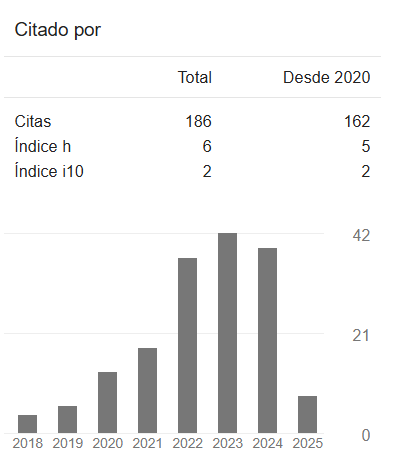Crystal Palace. Architecture, Engineering and Industrial Design in the 19th Century
DOI:
https://doi.org/10.35305/23626097v8i15.305Keywords:
industrial design, structural design, industrializationAbstract
Crystal Palace constitutes a milestone in modern engineering and a radical change in the conception and materialization of architectural space based on the industrial production of standardized components for the construction of structures. But, since it is the setting for the first of the great 19th century universal exhibitions, it also embodies the moment in which the state of divorce between art and industry becomes clear. The objects of daily use exhibited and industrially produced, although of high technical quality, were surprisingly ugly, highlighting the absence of a suitable project methodology for them: industrial design. Paradoxically, Crystal Palace was a product of the industry, and as such it acquired its own cultural status, which placed it in a design field different from that of architecture, anticipating a methodology that would end up being defined more than a hundred years later, when Industrial Design acquired disciplinary autonomy.
Downloads
Metrics
References
Benévolo, L. (1999). Historia de la Arquitectura moderna. Barcelona, España: Gustavo Gili.
Billington, D. P. (2013). La torre y el puente. El nuevo arte en la ingeniería estructural. Madrid, España: Cinter divulgación científica.
Frampton, K. (2005). Historia crítica de la arquitectura moderna. Barcelona, España: Gustavo Gili (tercera edición en español, séptima impresión).
Méndez Rodríguez, Luís R. La Gran Exposición de Londres de 1851. Un nuevo público para el mundo. Artigrama, n° 21, 2006.
Navascués Palacio, P. (2016). Ingeniería, hierro y arquitectura en el siglo XIX. En De Re Metallica: Ingeniería, hierro y arquitectura (pp. 11-42). Madrid, España: Fundación Juanelo Turriano.
Petroski, H. (2007). La ingeniería es humana. Madrid, España: Cinter divulgación científica.
Vitta, M. (2021). El proyecto de la belleza. El diseño entre el arte y la técnica. Buenos Aires, Argentina: Fondo de Cultura Económica.

Published
How to Cite
Issue
Section
License
Open access policy
A&P Continuidad is a non-profit and open access publication. According to Mexico Declaration on Cultural Policies, the journal distribution is submitted to Creative Commons Attribution-Noncommercial-ShareAlike 4.0 International Public License (CC BY-NC-SA). “Neither the commercial use of the original work nor that of the possible derivative works are allowed. The distribution of derivative works should be submitted to the license regulating the original work. This license is not free.”
A&P Continuidad authorizes the partial or full reproduction of texts and graphs provided that the source is cited. Authors are exclusively responsible for the criteria expressed in the articles which do not necessarily reflect the opinion of the Editorial Committee or that of the Direction Board. The copyright of the published articles pertains to their authors or publishers.
Transfer of rights
The acceptance of an article to be published implies the author’s transfer of rights to the journal. Authors continue to have the right to use the material in future books or publications, approve or veto the republication of their works as well as the rights related to patents or other rights. Transfer of rights form may be downloaded here.





























 This OJS site and its metadata are under a
This OJS site and its metadata are under a 

